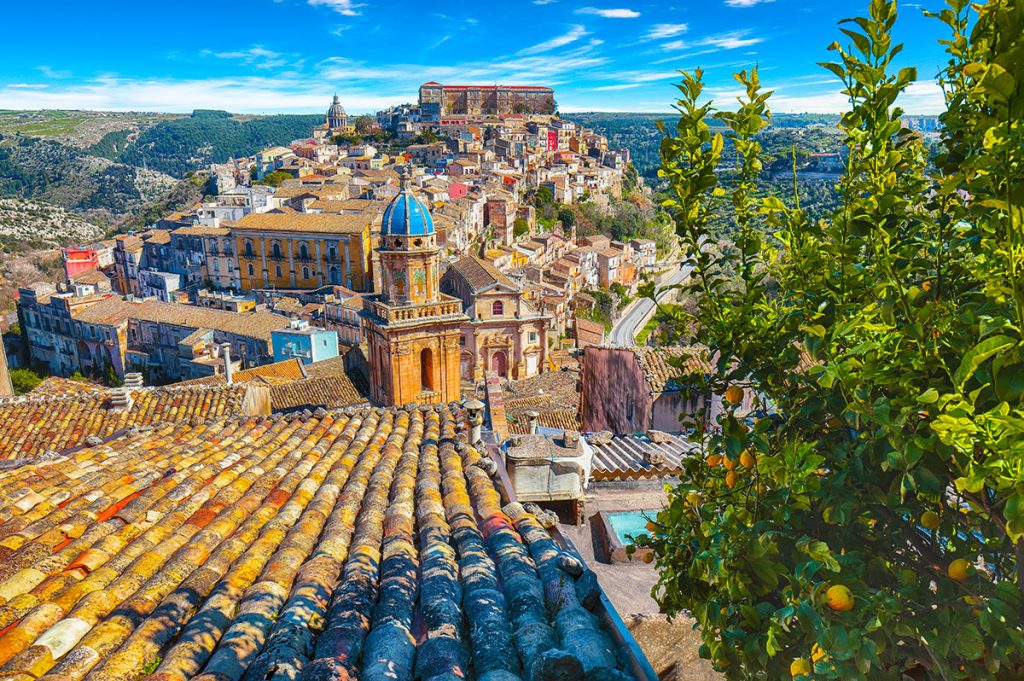

The grand reopening of Noto Cathedral was celebrated by Bishop Giuseppe Malandrino of Noto on June 15, 2007, 11 years after the collapse.

The task was made all the more onerous by the importance and high visibility of the cathedral in the city of Noto, the so-called capital of Sicilian Baroque architecture. Analysis of the debris and the remaining structure made clear how complicated its building history had been, because of the repeated repairs, in a great variety of materials, made necessary by earlier earthquake damage, and also because not all the repairs had been well executed. The reconstruction was a complex process. On March 13, 1996, a large part of the cathedral collapsed: four of the piers of the southern side of the nave, one of the four piers supporting the dome, the entire roof and vault of the nave, three quarters of the drum and the dome with the lantern, the roof of the south arm of the transept, with many of the cupolas and much of the roof of the right aisle. Most serious however was the replacement of the original pitched roof of the nave by a heavy loft of Roman brick and concrete which was probably one of the causes of the collapse of 1996. In the 1950s much refurbishment was carried out, not entirely successfully, for example the trompe-l'œil of the vertical elements and the tempera decoration of the vaults by the painters Arduino and Baldinelli, as well as major alterations to the high altar and the organ. In the 19th century the dome had to be reconstructed twice, ending up as a Neo-Classical construction, after collapses caused by earthquakes. The façade, the composition of which is comparable to those of the church of Notre-Dame, Versailles, and the pre-revolutionary church of Saint-Roch in Paris, was started in late 1767 (the nearby campanile bears the date 1768) to designs of about 1740 by Gagliardi. The large central window of the west front, with its "ears" and curvilinear tympanum borrows from the repertoire of Andrea Pozzo and resembles work elsewhere in Noto by Francesco Paolo Labisi (for example, the Chiesa del Carmine).

Moreover, the principal doorways are revivals of 15th-century architecture, based on the style of Vignola or Domenico Fontana. The long interval between the beginning of the building, to designs by Rosario Gagliardi, and its completion in 1776 under the supervision of Bernardo Labisi, probably accounts for various peculiarities and inconsistencies of design, and the introduction of Neo-Classical elements.

Originally a winepress dating the 18th century, its renovation was carefully studied to merge in the nature while offering the traveler a resolutely contemporary experience with a "vintage" touch for the choice of furniture, the result being luxury, elegant, timeless and mostly peaceful.Īqua Madre: Our swimming pool, besides its organic shape evoking the natural ponds of the area, is supplied with fresh water filtered by a special mixture ofmineral salts, magnesium, potassium, iodine and mineral nutrients (also called “salts of life”), the virtues of which are renown since Antiquity and which reproduce the wholesome virtues of thermal waters.Įthical Energy Farm: Country House Villadorata opted from the beginning for self-sufficiency in terms of energy and thanks to sophisticated green technologies (photovoltaic, thermal solar energy) it manages to produce most of its own electricity and water supply.Construction of the Church of St Nicholas began in the early 18th century, as part of the general reconstruction in Sicily following the devastating earthquake of 1693. Nested on the gently rolling hills of Noto, in the midst of the enchanting south-oriental Sicilian countryside, between the baroque city and the sea, Country House Villadorata, our charming summer residence sits on an organic farm extending over an area of more than 22 hectares planted with hundred-year-old olive trees, almond trees,citrus and vineyards cultivated according to biodynamic methods.


 0 kommentar(er)
0 kommentar(er)
